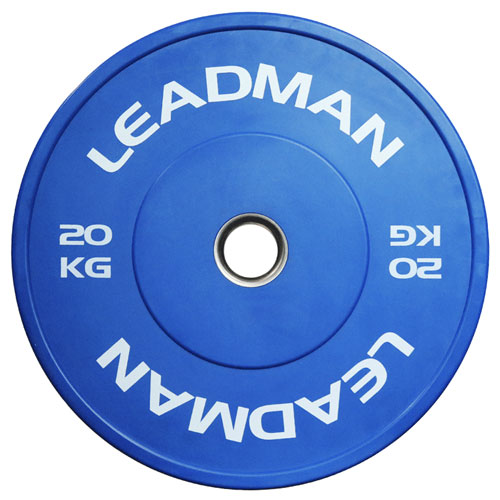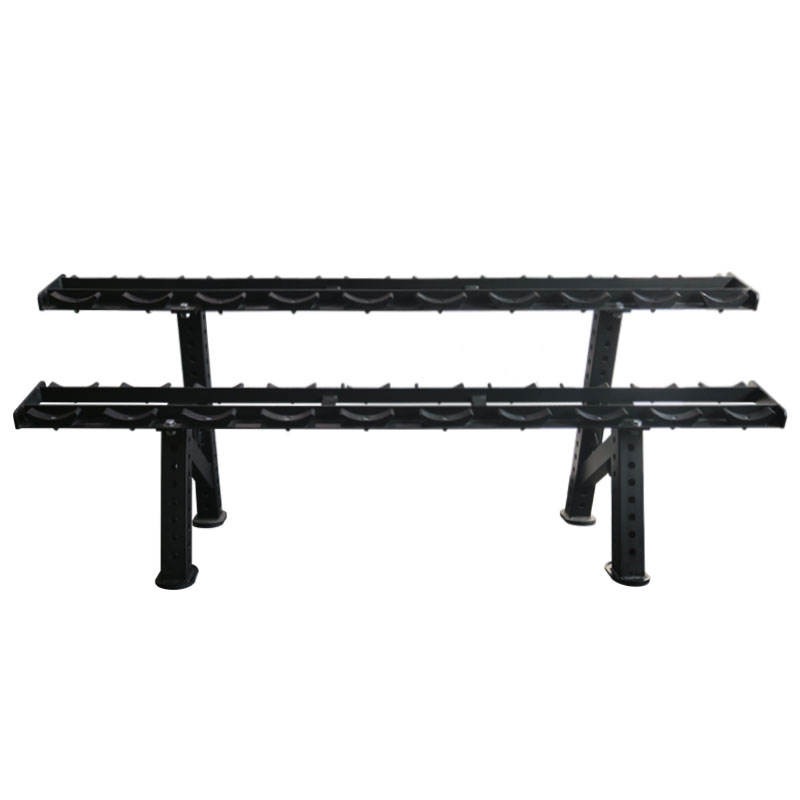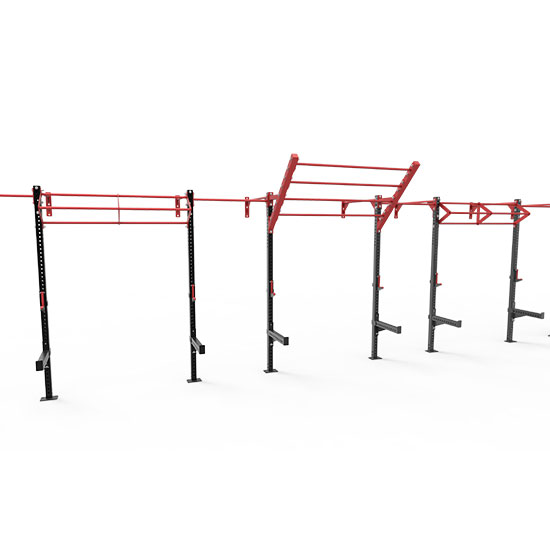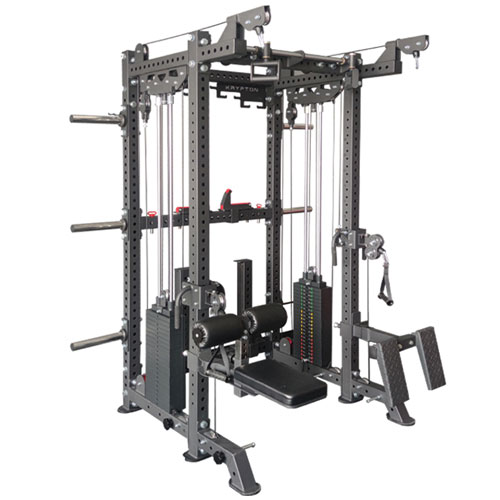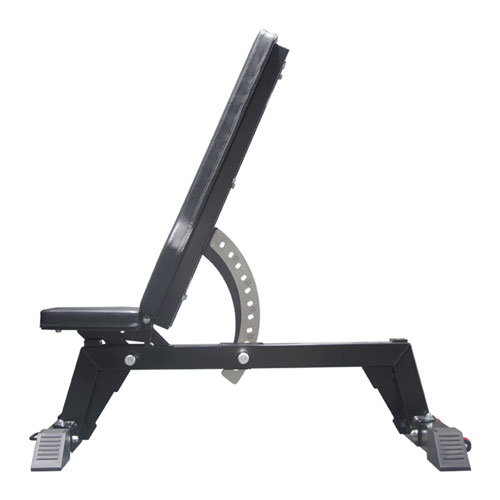Essential Guide to Choosing the Right Barbell
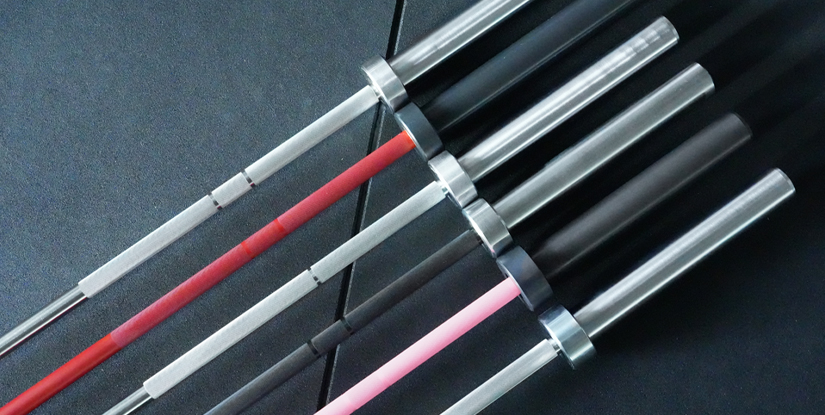
Barbells are a cornerstone of strength training. Whether you're an elite athlete or just beginning your fitness journey, choosing a quality weightlifting bar is crucial for both performance and safety. In this comprehensive guide, we will explore the world of barbell manufacturers, focusing on what makes a great barbell, the different types available, and why Leadman Fitness stands out in this competitive industry.
The Importance of Choosing the Right Barbell
Selecting the right barbell is crucial for achieving your fitness goals. A high-quality barbell not only enhances your performance but also minimizes the risk of injury. Here are some key factors to consider when choosing a barbell:
1. Material and Durability
The material of the barbell plays a significant role in its durability and performance. Most barbells are made from steel, but the type of steel greatly affects its performance. High-quality bars often use alloy steel, known for its superior strength and resistance to bending. Carbon steel is another option, offering good strength at a lower cost, but it may be more susceptible to rust. The type of coating, such as chrome or zinc, also impacts durability and corrosion resistance.
2. Knurling and Grip
Knurling refers to the pattern etched into the barbell's surface to provide a better grip. The depth and pattern of the knurling can affect your grip and comfort during workouts. A well-designed knurling pattern ensures a secure grip, even during intense lifting sessions.
3. Weight Capacity
The weight capacity of a barbell is another critical factor. It determines the maximum weight the barbell can safely handle. For heavy lifters, choosing a barbell with a high weight capacity is essential to ensure safety and longevity.
4. Spin and Sleeve Quality
The spin of the barbell's sleeves affects the smoothness of your lifts, especially during Olympic lifts. High-quality barbells feature sleeves with excellent spin, reducing the risk of injury and improving performance.
Types of Barbells
There are several types of barbells, each designed for specific types of training. Understanding the differences can help you choose the right barbell for your needs.
1. Olympic Barbells
Olympic barbells are designed for Olympic weightlifting and powerlifting. They are typically 7 feet long and have a weight capacity of up to 1,500 pounds. These barbells feature rotating sleeves to accommodate the dynamic movements of Olympic lifts.
2. Powerlifting Barbells
Powerlifting barbells are similar to Olympic barbells but are designed specifically for powerlifting movements like the squat, bench press, and deadlift. They are stiffer and have less whip compared to Olympic barbells.
3. Specialty Barbells
Specialty barbells include trap bars, safety squat bars, and curl bars. These barbells are designed for specific exercises and can help target different muscle groups more effectively.
The Manufacturing Process of Barbells
Understanding the manufacturing process of barbells can give you insight into the quality and durability of the product. Here’s a step-by-step overview of how barbells are made:
1. Material Selection
The process begins with the selection of high-quality steel. Alloy steel is commonly used due to its strength and durability. The steel is then cut to the required length for the barbell.
2. Forging and Shaping
The steel is heated and forged into the desired shape. This process involves hammering or pressing the steel to form the basic structure of the barbell, including the shaft and sleeves.
3. Machining and Finishing
After forging, the barbell undergoes machining to achieve precise dimensions and smooth surfaces. The knurling pattern is then added to the shaft to provide a better grip.
4. Heat Treatment
Heat treatment is crucial for enhancing the barbell's strength. This process typically involves heating the steel to a specific temperature and then rapidly cooling it (quenching) to harden the material. Tempering, a subsequent heating process, is then applied to reduce brittleness and improve overall durability.
5. Assembly and Testing
The final step involves assembling the barbell, including attaching the sleeves and ensuring they rotate smoothly. The barbell is then tested for weight capacity, spin, and overall performance.
Why Choose Leadman Fitness?
Leadman Fitness is a leading manufacturer of high-quality barbells and fitness equipment. Here are some reasons why you should choose Leadman Fitness for your barbell needs:
1. Vertical Integration
Leadman Fitness's vertical integration, with four specialized factories (Rubber-Made Products Factory, Barbell Factory, Casting Iron Factory, and Fitness Equipment Factory), allows for unparalleled control over the entire production process. This not only ensures consistent quality, as each stage is carefully monitored, but also reduces production costs by streamlining operations. For example, their in-house steel forging capabilities allow for precise control over the barbell's core strength and material consistency, resulting in a product that exceeds industry standards.
2. Strong R&D Capabilities
Our independent R&D department, consisting of 16 professional designers, allows us to innovate and customize products according to customer needs. This ensures that we stay ahead of industry trends and deliver cutting-edge products.
3. Customization Services
We offer OEM and ODM services, enabling us to create customized fitness equipment tailored to your specific requirements. This flexibility helps you stand out in the market with unique products.
4. Strict Quality Control
Our in-house quality testing laboratory ensures that every product meets international standards. This commitment to quality has earned us the trust of customers worldwide.
5. Industry Leadership
As a leader in the fitness equipment industry, Leadman Fitness is at the forefront of innovation. We are continuously investing in smart and sustainable technologies to meet the evolving needs of our customers.
Conclusion
Choosing the right barbell is essential for achieving your fitness goals and ensuring safety during workouts. By understanding the different types of barbells and what to look for in a manufacturer, you can make an informed decision that best suits your needs. Leadman Fitness, with its vertical integration, strong R&D capabilities, and commitment to quality, stands out as a trusted partner in the fitness industry. Whether you're a professional athlete or a fitness enthusiast, Leadman Fitness has the perfect barbell for you.
FAQ About Barbell Manufacturers
1. What should I look for in a barbell manufacturer?
When choosing a manufacturer, consider their certifications (e.g., ISO9001), adherence to industry standards (e.g., IWF, IPF), and customer reviews. Request samples and, if possible, visit their factory to assess their manufacturing process and quality control measures.
2. How do I know if a barbell is high quality?
High-quality barbells are made from durable materials like alloy steel, have precise knurling, and feature smooth-spinning sleeves. They should also have a high weight capacity and come with a warranty.
3. Can I customize my barbell?
Yes, many manufacturers, including Leadman Fitness, offer customization options. You can choose the knurling pattern, sleeve type, and even the color of your barbell to suit your specific needs.
4. What is the difference between a standard barbell and an Olympic barbell?
Standard barbells are typically shorter and have a lower weight capacity compared to Olympic barbells. Olympic barbells are designed for dynamic lifts and feature rotating sleeves to accommodate the movements.
5. How do I maintain my barbell?
Regular maintenance is essential to keep your barbell in top condition. Clean the bar regularly, lubricate the sleeves, and store it in a dry place to prevent rust and wear.

